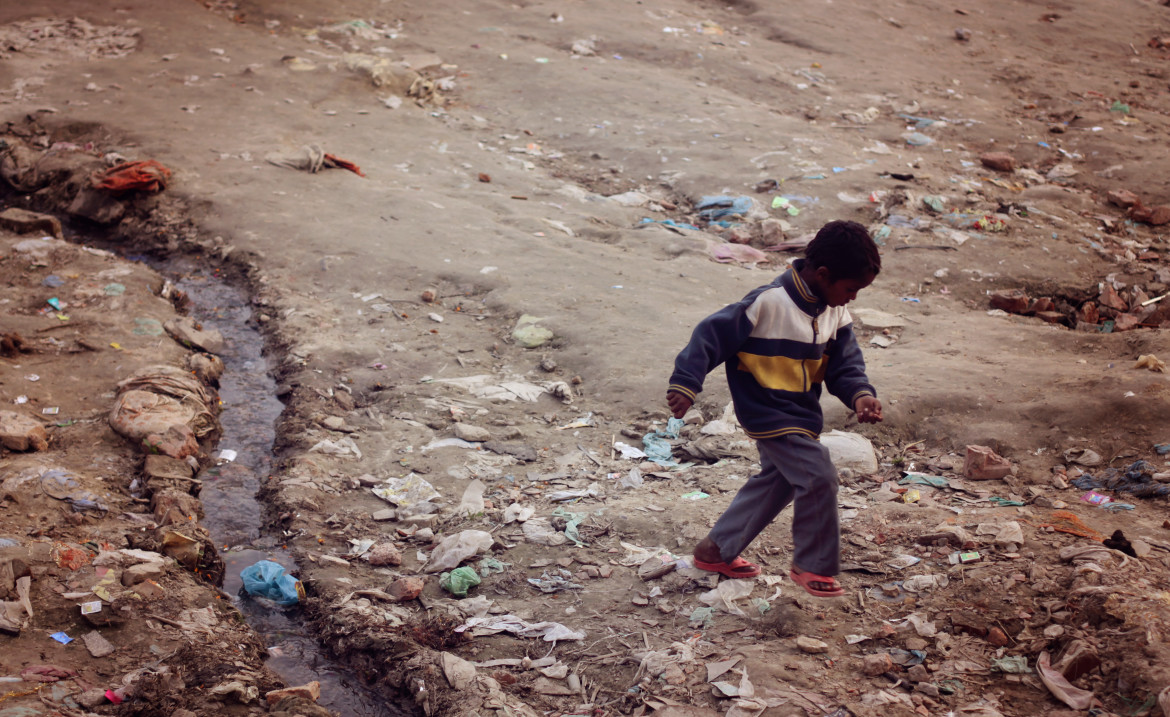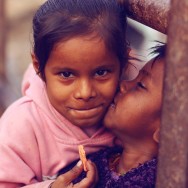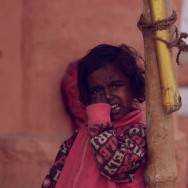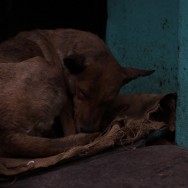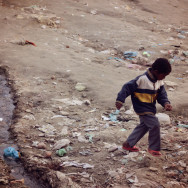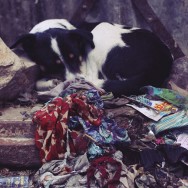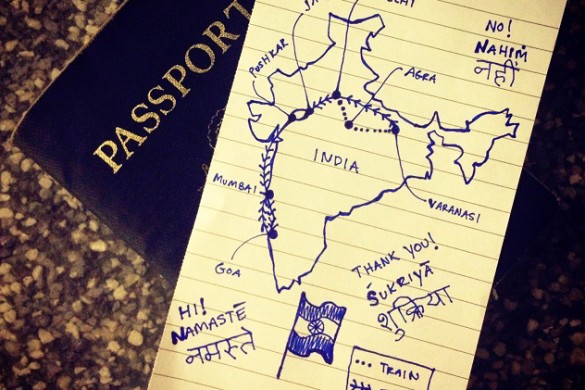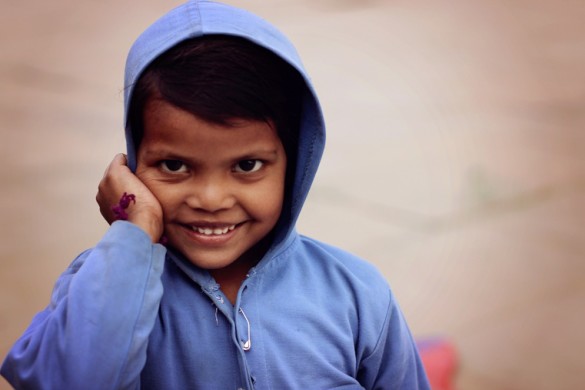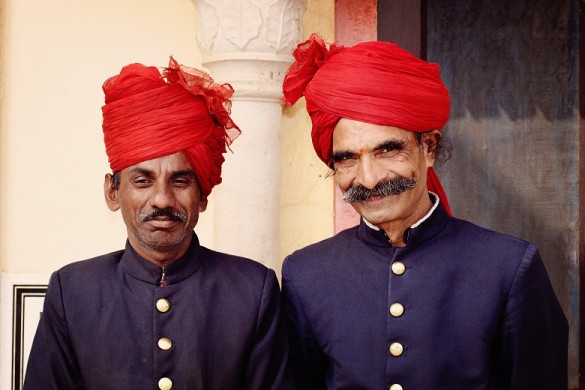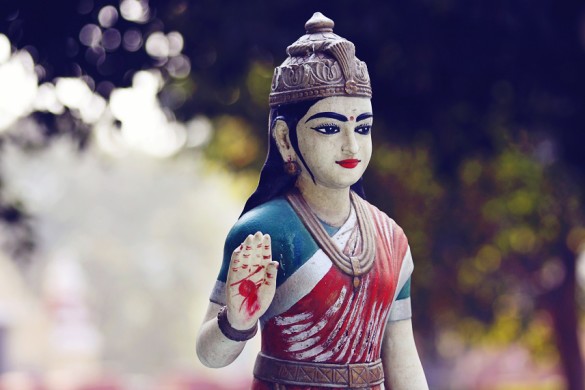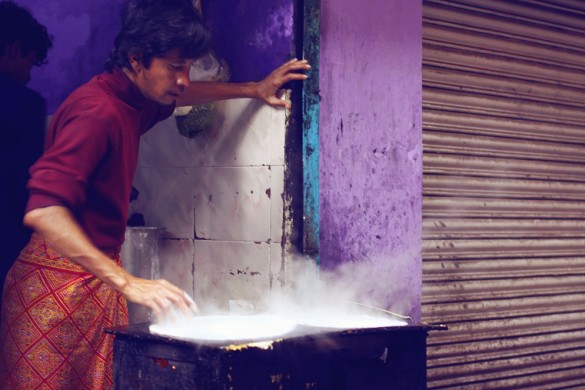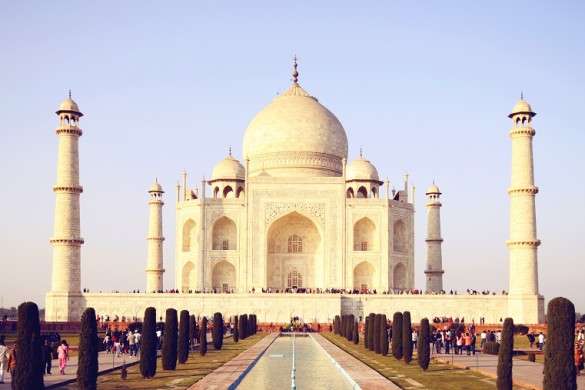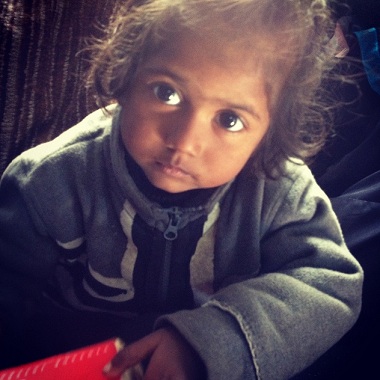It should come as no surprise when I say that India is, well, dirty. And by dirty, I mean filthy. I’ve seen my fair share of waste, pollution and piled up plastics, but the amount here is astonishing.
India’s trash goes on the street. Garbage collected from homes, hotels and food stalls, seems to be thrown on the nearest corner. Animals — cows, buffalo, goats, dogs, and monkeys — who wander the streets defecate and urinate as needed. When it rained I found myself trudging through a sewer. Anything goes here. Men spit their paan and perform “farmer’s blows” to alleviate nasal congestion. Pant-less babies are free to relieve themselves as needed. After consuming chai or a snack, the garbage is tossed to the road without a second thought. Bus, car, and train windows are used to purge waste. Makeshift urinals are created whenever there is a running sewer or just a darkish corner — usually the latter. The smells of urine, feces, rotting food (which is only avoided by street animals after it is particularly rancid), mud and dust fill the air around the worst of India’s streets. So, it follows that the street dwellers are viewed as the lowest of low here.
Street children and stray dogs are two of the street’s main inhabitants. Left to wander, they are surprisingly territorial and stick to a particular thoroughfare or intersection. Fending for themselves, the instinct to survive is dependent on one thing: the need for food.
While walking through the streets, a small boy and dog caught my eye. What surprised me the most was the similarities between the two. They stood out of the way of traffic, virtually invisible to all passing by. They followed dropped items to see if any were edible. They lingered near food stalls and nudged people with their hands. Alert, their eyes darted back and forth, focused on filling their needs. They shuddered when men came too close or raised a hand. They were dirty, and looked as though they had skin infections, but most of all, they were alone. My heart crumbled. I wanted to whisk them away and make it all better, but like so many things in life, it just isn’t that simple…
My usual stance on avoiding giving to children who are begging or selling has been challenged here more than anywhere. My reason for refraining has always been that I don’t want to help children be successful in these activities, as they will avoid going to school in order to continue their practice. But in India, free public education is only available between the ages of 6 to 14, and even then, school is often not an option. So what happens to all of the street children? Are they viewed as being on par with dogs? How does a child, who is stimulated only by their daily struggle for food have a fighting chance? They don’t.
Stray dogs are particularly rampant here. They, unlike children, thankfully, breed at astonishing rates, and the next generation of street dogs can be seen huddling in cracks of pavement. The puppies are precious in their precocious innocence, but are often already leery of human contact. They, like their parents, develop skin conditions, have ticks, fleas and injured limbs, and will likely go their whole lives without a second glance.
India is amazing in its own way. The historical relics, religious sites, and people are really lovely. However, the lack of sanitation and the treatment of its neediest inhabitants, who are all around, just like the trash on the street, feels too much to bear at times…
This is most certainly a place that plays on your heartstrings and shrinks you down in size.

